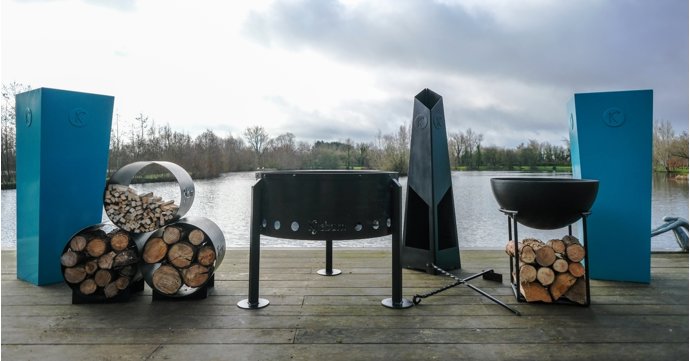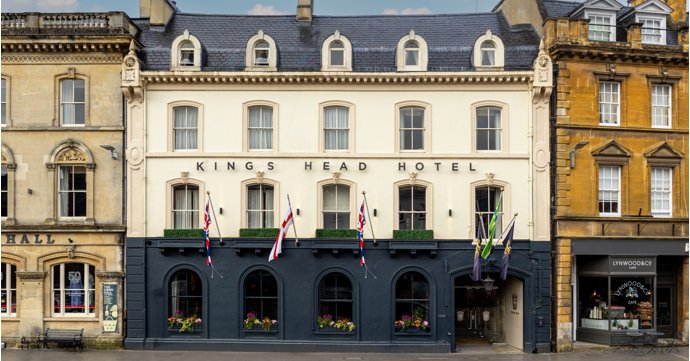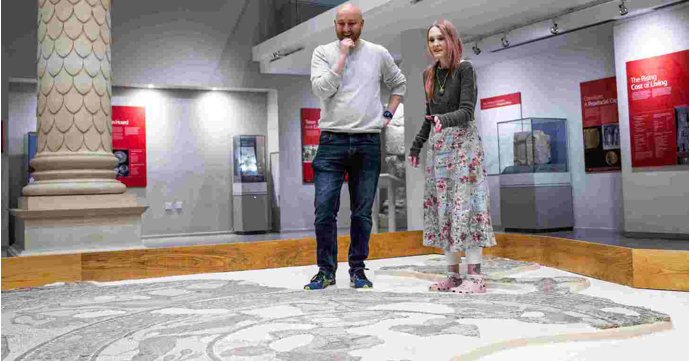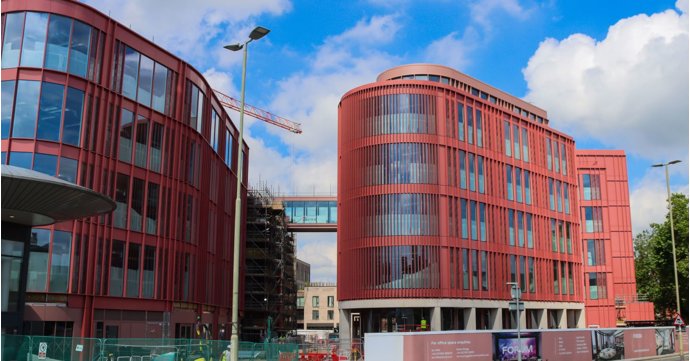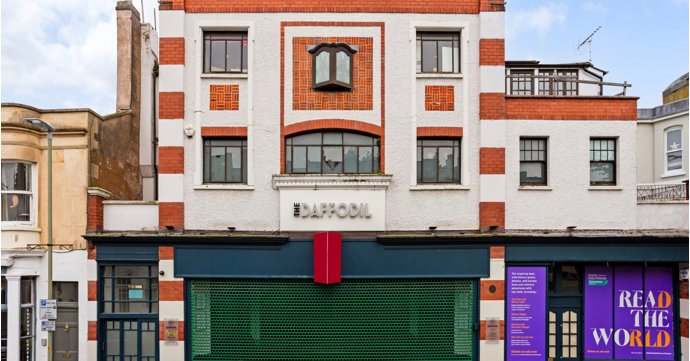Master metalsmith, Marc Begg, is the founder and artist behind Kyeburn, the award-winning studio creating hand-forged pieces for both indoors and outdoors, from statement entrance gates to elegant log baskets.
SoGlos caught up with him to find out what inspires him, how his work combines the Cotswolds and elements from his New Zealand heritage and what's coming up next at the Kyeburn studios.
What inspired you to pursue a career as a metalsmith?
I have always been a hands-on practical type of person. As a child I loved pulling things apart and understanding how they worked.
I guess my love for the practical came from my father. He was a carpenter and was always in the garage fixing or making something new.
My enthusiasm towards metal developed at school in the separate wood and metal shops as part of the high school curriculum. I loved working with solid steel and using the various machines to shape and form it. I took metalshop as a GCSE subject — something that has, unfortunately, disappeared from schools today.
I left school and completed a four-year sheetmetal engineering apprenticeship. I love what apprenticeships have to offer and we always look to have at least one apprentice on our workshop floor.
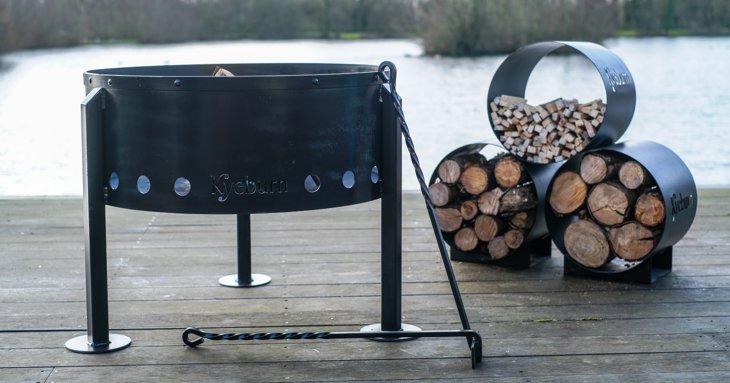
How did growing up in New Zealand influence your artistic style?
I love the New Zealand outdoors and am strongly influenced by growing up in the breathtaking landscapes of New Zealand, I was always surrounded by natural beauty and a rich cultural heritage. My passion for metalsmithing grew as I honed my skills and developed my unique style.
In NZ, you often worked in very remote places with small teams. As such, you needed to develop a 'can do' skill set, not just specific to your trade. You often required a wide range of skills to bring a project together.
These skills give me an expansive grounding across many forms of metalsmithing and sculpting, meaning I can bring mixed skills and techniques together in my work. Every design I do I am constantly thinking about how I can bend, form or forge each element, and find new solutions to both the aesthetic and practical challenge presented.
Can you describe your process for creating a new piece of metalwork?
Each design and client brings a unique set of inspiration and requirements. For a customer commission, we'll sit down and discuss their inspirations and desires for the piece, including what they like and dislike. I often sketch some ideas during our conversation. This helps capture their thoughts and can showcase key design elements that may be beneficial to the final product.
The design process is a blend of creativity and precision. I love this initial imagination stage, doodling with pen and paper and bringing ideas to life. Multiple design sketches are often created, not just for the completed product, but often for individual components and subsections or perspectives. Each iteration of sketch builds upon the previous one, adding more detail or incorporating client feedback.
Sometimes, these hand-drawn sketches are detailed enough to proceed to the workshop and start fabrication. Other times, I may digitise them to better refine the details and visualise the end product better.
This iterative and collaborative process helps ensure that the final piece is a true reflection of the client's vision mixed with my craftsmanship.
How do you balance functionality with artistry in your creations?
Having an engineering background, and having spent so many years 'on the tools', I believe that striking a balance between functionality and artistry is essential, especially when creating pieces for gardens or public spaces.
Before I start anything, I like to have a detailed understanding of the intended use and environment of the piece. Functionality always comes first; the piece must fulfill its purpose, whether it's a planter, a bench, or a sculpture. However, I am always thinking about the artistic aspect. Every functional element is an opportunity for inspiration and expression. For instance, a gate can be both a secure entryway and a visually stunning focal point.
I recently created a pair of grand estate gates, blending my client's passion for everything equine with the necessity for privacy and the desire to connect two distinct locations. The final product offers both privacy and security, seamlessly integrating into its surroundings and evoking an emotional response, ensuring that art and functionality coexist harmoniously.
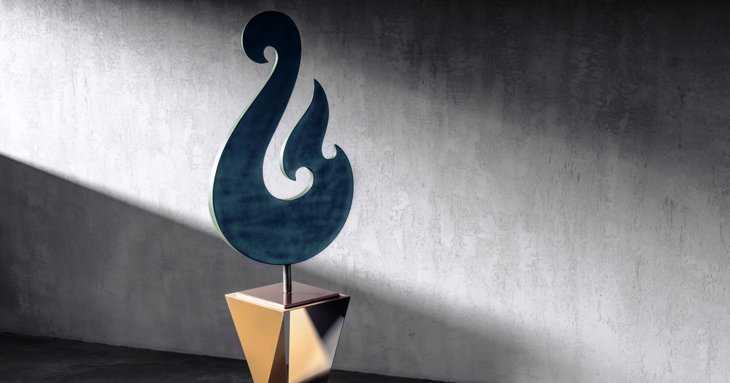
Is there a fusion of cultural influences in your work?
Absolutely. Growing up in New Zealand and completing my apprenticeship there surrounded me with a robust work ethic, stunning landscapes, and rich Māori heritage. This environment instilled in me a profound appreciation for traditional craftsmanship and organic forms. Upon moving to England, I became equally captivated by its historical architecture and beauty.
In my designs, I strive to blend these influences by incorporating New Zealand motifs alongside the timeless elegance and intricate details characteristic of English architecture. My aim is to honor both heritages and bring a sense of harmony and depth to each design, seamlessly integrating elements from both cultures.
Are there any specific elements from New Zealand that you incorporate into your work?
I have a deep affection for traditional Māori symbols, particularly the Koru (Fern) and Hei Matau (Fish Hook). The Koru symbolises new beginnings, growth and regeneration, while the Hei Matau represents prosperity and safe travel over water.
I strive to incorporate these motifs into my designs whenever possible. Traditional wrought iron gates are perfect for this, as the forms of the Koru and Hei Matau blend seamlessly into the many curves and swirls found in heritage wrought iron.
Can you share any favourite projects?
I was lucky enough to work on a joint commission with a local carpentry company. We were tasked on building a set of liturgical furniture for the Lady Chapel at Gloucester Cathedral — three stunning pieces that will be in use for centuries to come. Seeing the wood and steel come together was a moment of immense pride. Knowing that my part of the project, resulted in a lasting impact and will bring joy to others was truly fulfilling.
I am currently involved in a particularly memorable project: designing and fabricating a sword stand for the King's Guards. This project looks to blend the rich historical traditions and legacy of the monarchy while drawing inspiration from the five main serving regiments. The stand is envisioned as a proud symbol, honoring those who have served in the past, those serving in the present and those who will serve in the future.
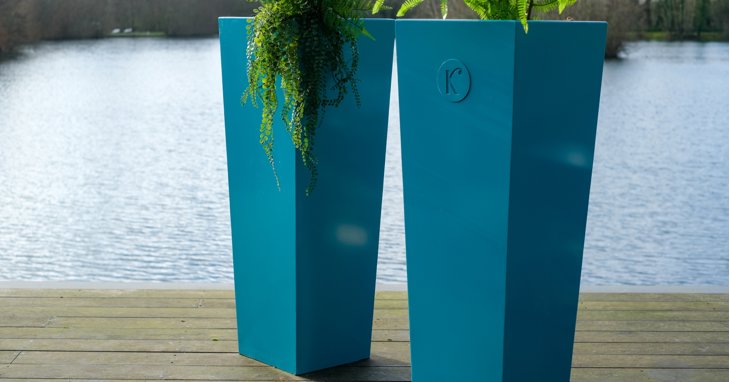
Looking back, what has been the most rewarding project of your career?
Supporting a disabled mother in designing and creating a pram conversion was an incredibly rewarding experience.
The project was not just about transforming a pram or designing an adapter; it was about empowering Laura and helping her achieve a sense of independence and freedom. Working closely with her, understanding her needs and collaborating on the design was a journey that deepened my appreciation for innovative solutions and the impact they can have on someone's life. It was truly a privilege to contribute to such a meaningful project and knowing that I played a part in making it happen fills me with immense pride.
What’s next at Kyeburn?
I have a couple of incredibly exciting projects I am currently working on. One is a joint collaboration with Laurence Llewelyn-Bowen and his team. We are working on a new cafe and shop in a historic Cotswold village where the owner wants the cafe to be a place where people can enjoy a cup of coffee while being surrounded by beautifully designed elements that tell a story and inspire creativity. We are incorporating furniture design, artwork and architectural pieces into the design and everything is being built from the ground up. This project is a unique blend of our creative visions, aiming to create a space that is not only functional but also a piece of art in itself.
I love working on heritage projects and as a proud member of The Worshipful Company of Ironmongers, I am often working with charities on the refurbishment or reworking of historic and listed iron items.
One such project I am also working on is with a historic London tourist attraction. We are creating art pieces from components that have been replaced during restorations. These pieces will be sold in their gift shops, offering visitors a chance to take home an authenticated piece of history. This project is particularly meaningful to me as it combines my passion for art with a deep respect for history and heritage. It's a wonderful opportunity to give new life to these historic elements and share them with a wider audience.




